Lindahl's History
Join us on a journey through Lindahl's history – step by step.
From Fredsgatan 9 to One of Sweden's Leading Business Law Firms
On December 31, 1989, 7 partners, 8 associate lawyers, and another 11 employees worked at Alf Lindahl's Law Firm. The following day, they transitioned, along with four other firms, to Advokatfirman Lindahl, named after the oldest partner Magnus Lindahl, who was the son of Alf Lindahl.
But the story began much earlier, at Fredsgatan 9 in Stockholm, for what would become Lindahl's Stockholm office...
Alf Lindahl was born in 1889 in Stockholm and studied law in Uppsala. After his clerkship and a short period at the Ministry of Finance, he pursued a career in law and was employed on October 15, 1915, as an associate lawyer at Harald Lettström's Law Firm.
In 1918, Alf Lindahl established his own practice, Alf Lindahl's Law Firm. Alf Lindahl remained at Fredsgatan 9, sharing an office with his two former colleagues until 1919.
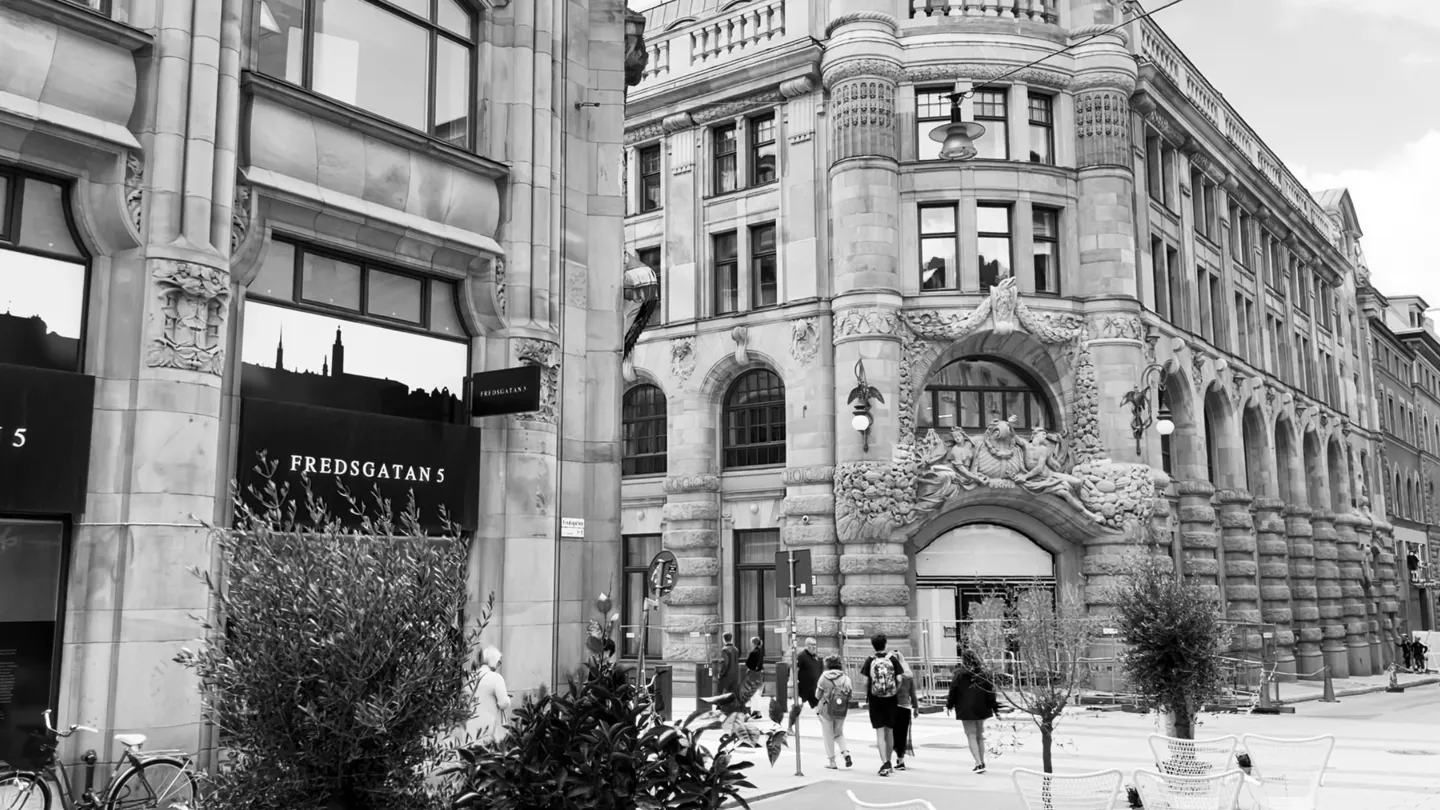
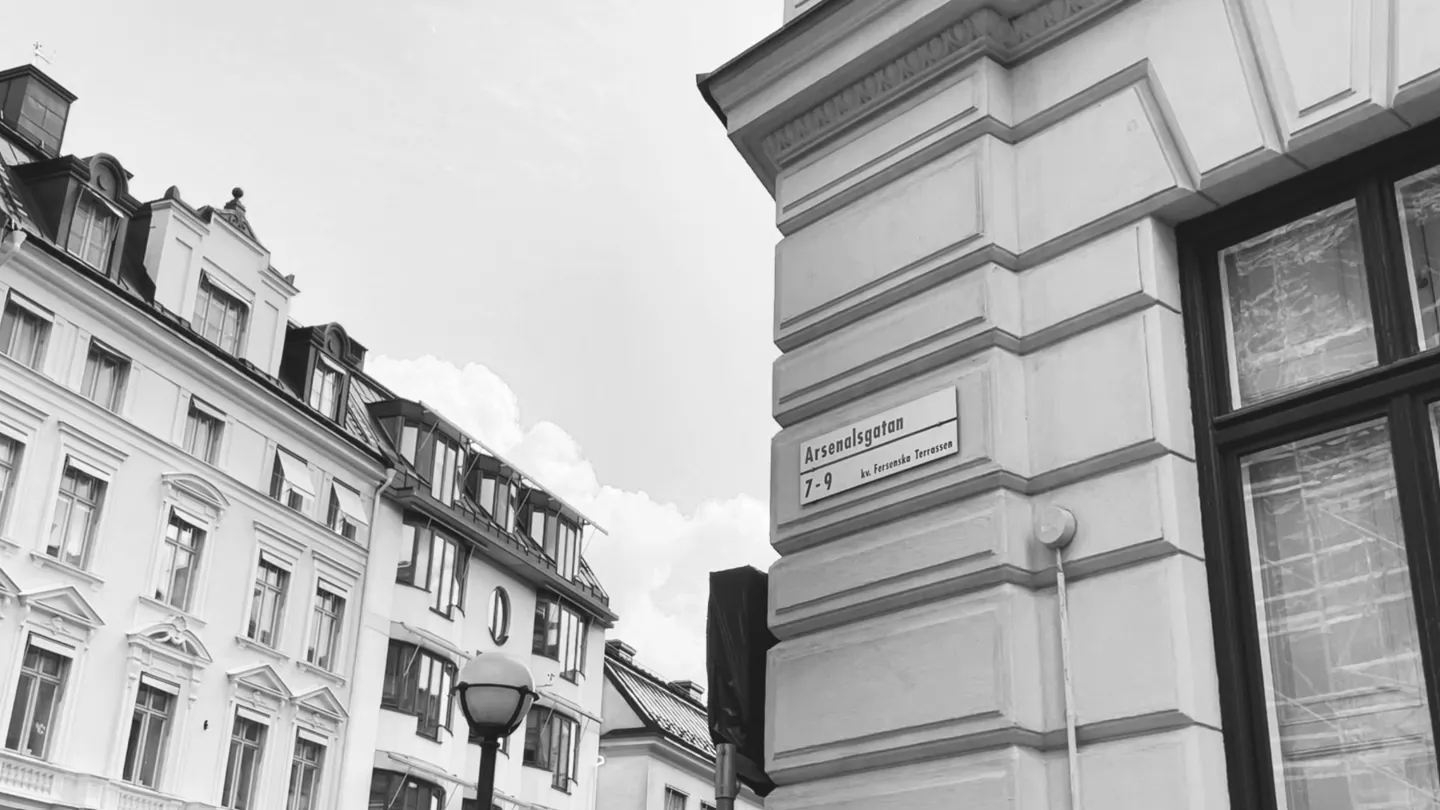
Arsenalsgatan 10 and New Colleagues
In 1919, Alf Lindahl moved his practice to Arsenalsgatan 10 A in Stockholm, where he shared an office with Torsten Tullberg and associate lawyer Karl Ramel (father of Povel Ramel) at Tullberg's Law Firm.
After a period at Kungsträdgårdsgatan, where Alf Lindahl hired an associate lawyer in 1920, Tullberg ceased his law practice and moved to northern Sweden. Alf Lindahl then established his own office for the first time at Näckströmsgatan 1, where the firm operated for four years. A cashier, hired by Torsten Tullberg, worked with Alf Lindahl from 1919 and accompanied the move.
In a commemorative publication, Magnus Lindahl mentions that Elsa Blom became one of the firm's first female employees in 1927, and over the following decades, the team grew with more women in important roles. In the 1930s, several female secretaries joined, in the mid-1960s the firm's first female cashier arrived, and in the mid-1980s the first female associate lawyer started. When Lindahl entered its modern form in 1989, more female lawyers were a natural part of the business.
The Firm's Early Assignments – From Tax Cases to Ivar Krueger's Estate
On October 1, 1926, Alf Lindahl's Law Firm moved to Stureplan 6 and began a new office community. But what was life like for a law firm at that time?
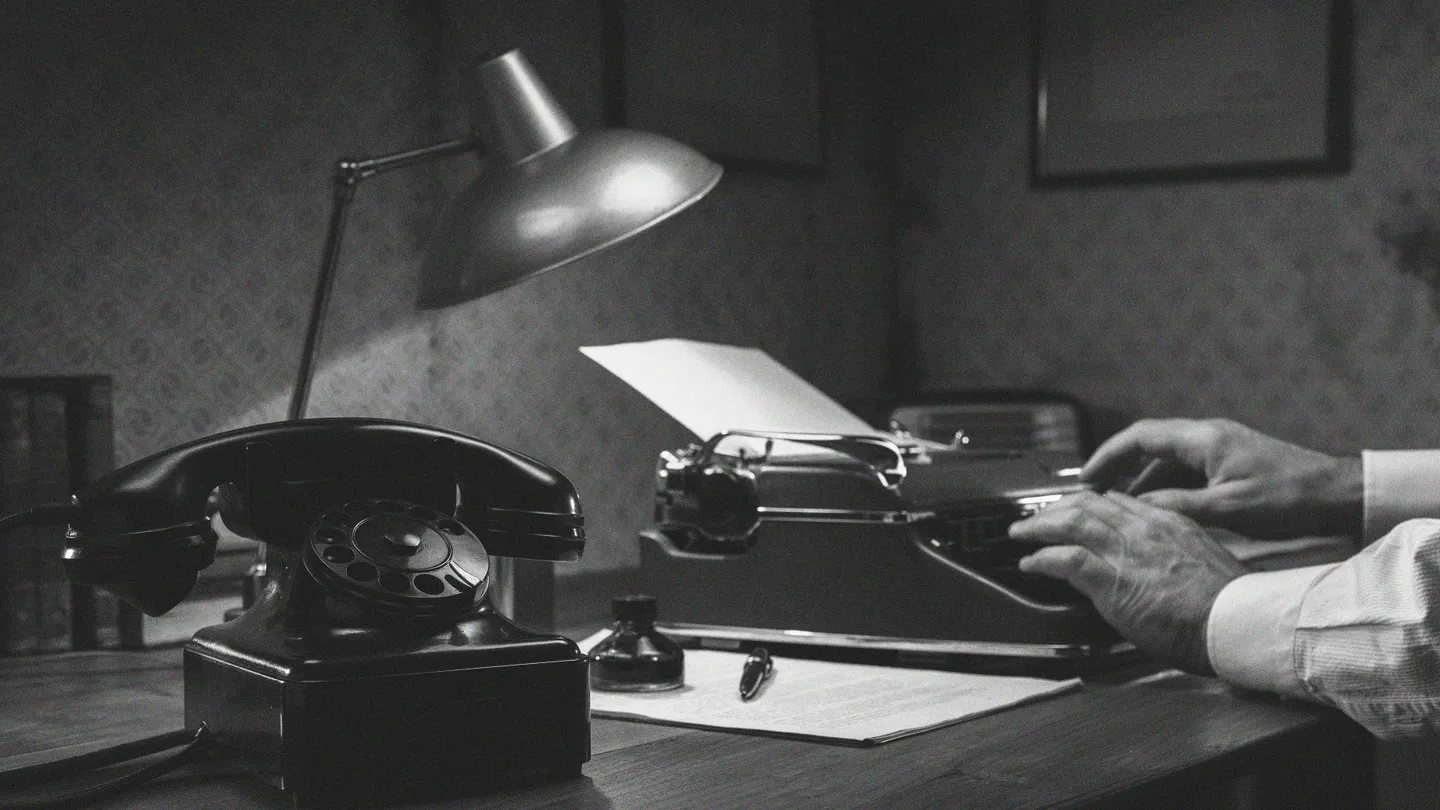
A Smaller Firm and Office Communities
Firstly, the firms were significantly smaller than they are today. For a long time, Alf Lindahl's Law Firm shared offices with other firms, which was understandable given that the firm consisted of only a few people. Already in the 1930s, the first partner joined besides Alf Lindahl, and at most, three associate lawyers worked with the two partners.
Business Law in Focus
According to client registers from the 1920s, the assignments were mostly in business law, with insolvency and tax cases being common. Magnus Lindahl, who has reviewed these registers, has also described that family law matters, such as inheritance and wills, often occurred. Among other things, they were involved in the investigation of Ivar Krueger's estate.
Criminal Cases and Board Assignments
Although criminal cases occurred, they were on a small scale. Alf Lindahl's practice was early focused on the economic and legal issues surrounding large land and forest estates. Additionally, both Alf Lindahl and his colleague took on board assignments in client companies as early as the 1920s.
A New Era in the 1950s
Over the following decades, not much changed in the type of assignments, but in the 1950s a significant change occurred. We then see a decline in family law matters and a sharp increase in international assignments.
Norrmalmstorg 2 – From Business Lunches to Future Lawyers
In 1940, the then Advokatfirman Lindahl moved into Jordbrukarbanken's building at Norrmalmstorg 2, where most of the office spaces constituted the bank's headquarters. The reason? Alf Lindahl not only took the position of chairman – he also became an on-call board member. This meant, among other things, that he regularly had lunch with the bank's CEO and deputy CEO, where credit matters were presented directly at the table.
During the first years at Norrmalmstorg, Magnus Lindahl, one of Alf Lindahl's sons, started at the firm. Later, his brother Tord also joined, laying the foundation for the next generation in the business.
The firm remained here until 1963. During this time, Alf Lindahl and one of his partner colleagues parted ways, and the staff was divided – but both remained in the old premises. The law firm was then continued by four lawyers until March 1966.
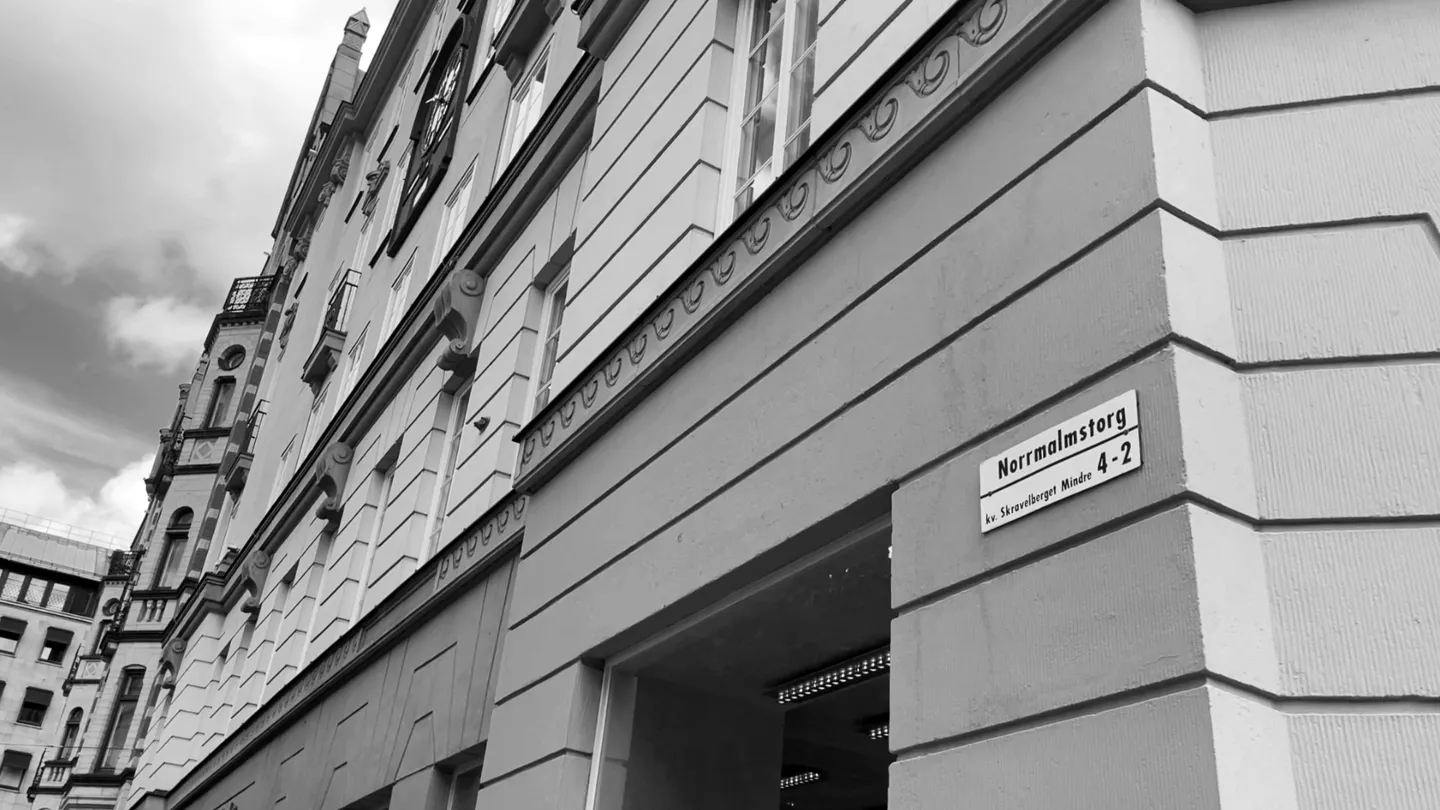
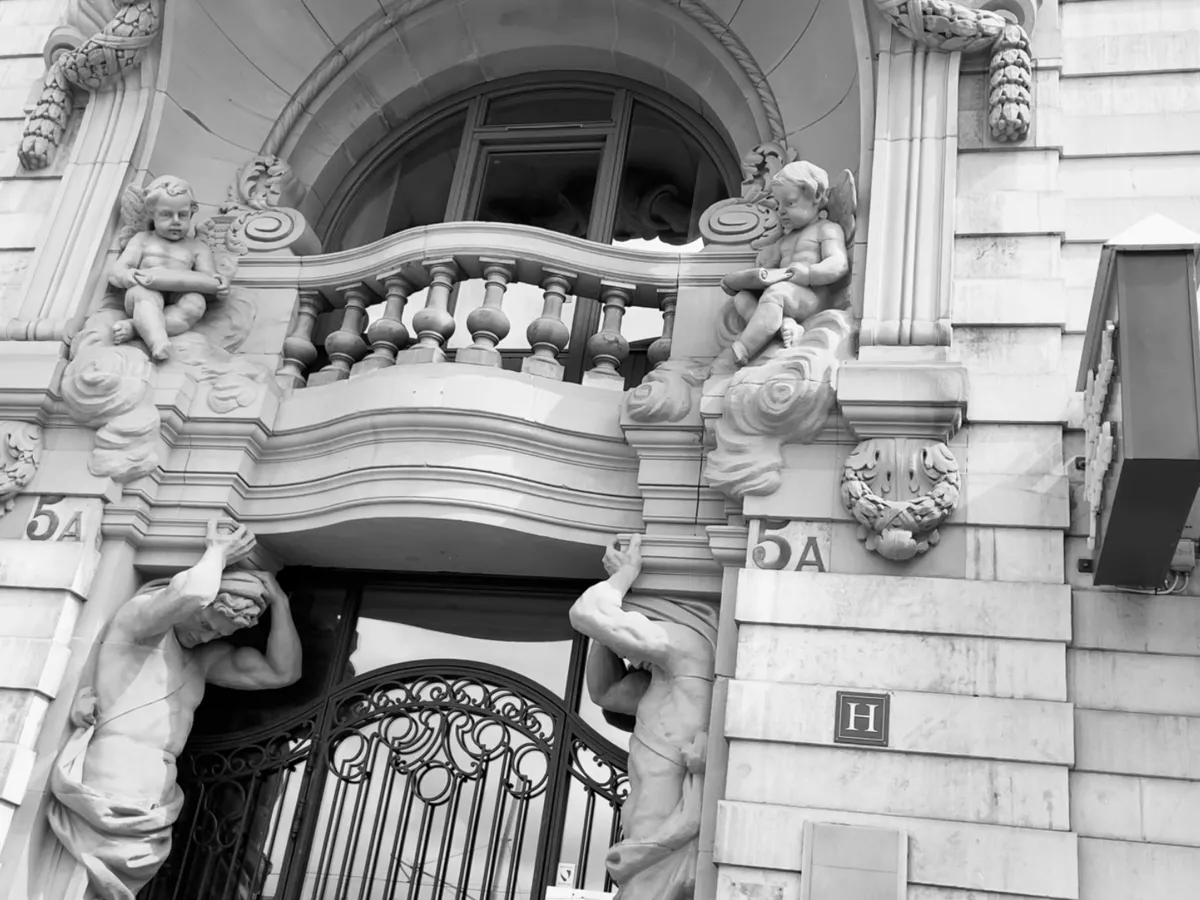
How Lindahl Took Shape – From Strandvägen to a Nationwide Firm
In 1966, Alf Lindahl's Law Firm moved to Strandvägen 5A – the last office before the firm became part of Advokatfirman Lindahl. Two years later, Alf Lindahl retired after 51 years at the firm.
During the 70s and 80s, the firm grew, and Christmas lunches, lawyer meetings, electric typewriters, faxes, and eventually digital accounting were introduced. The partners also took greater responsibility in areas such as finance, personnel, and marketing.
In 1988, a decisive step was taken when Alf Lindahl's Law Firm in Stockholm was invited to merge with four other Swedish business law firms – an initiative to strengthen the firm's position both nationally and internationally.
In 1990, the merger became a reality, and Advokatfirman Lindahl was formed through the merger of Alf Lindahl's Law Firm in Stockholm, Dag Magnusson's Law Firm in Gothenburg, Advokatfirman Lundius, Laurin and Ljungholm in Malmö, Lund, and Kristianstad, Advokaterna Ramberg and Stenström in Helsingborg, and Carlbäck & Partners in Örebro.
The new firm was named after the oldest partner – Magnus Lindahl, who was the son of Alf Lindahl.
In 1996, Advokatfirman Chrysander also joined Lindahl, meaning the firm was now represented in Uppsala.
The following decades have their own history. With this, our historical retrospective concludes – from the start of Alf Lindahl's Law Firm in 1918 to today's Lindahl, a nationwide business law firm.
More about us
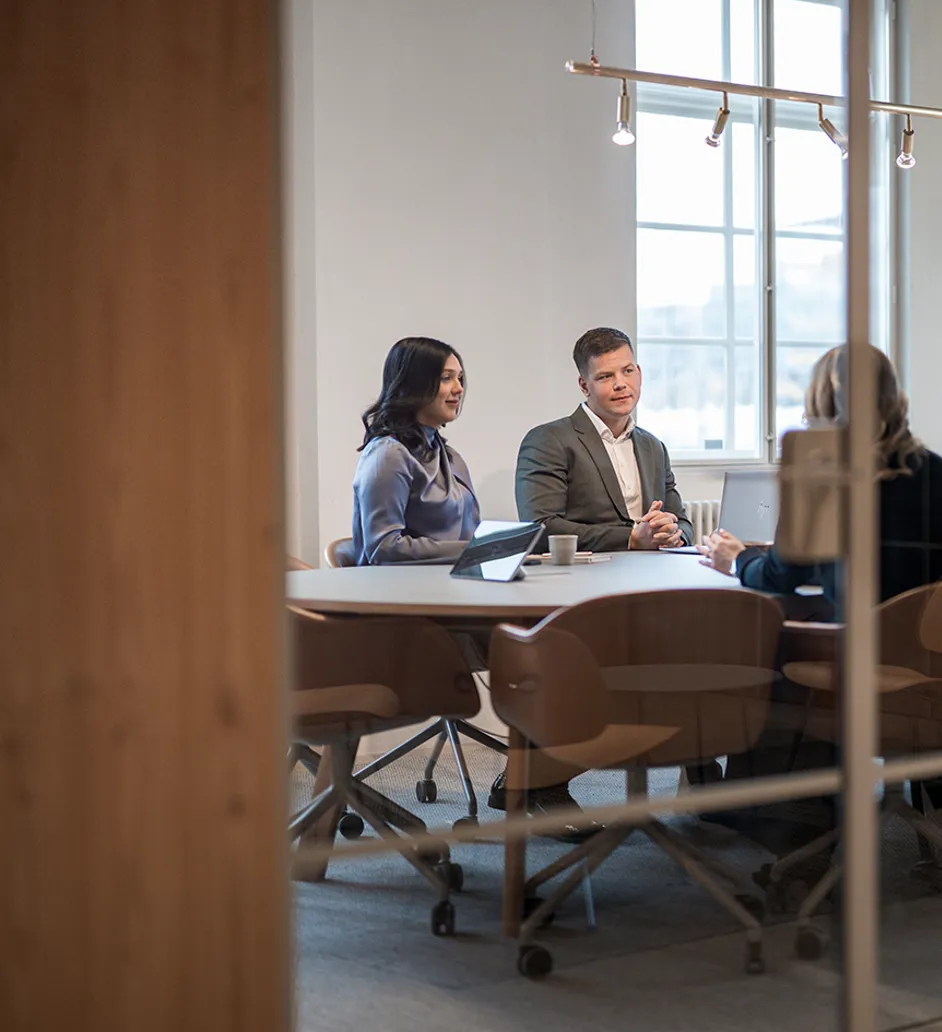
Being a client of Lindahl
Working with Lindahl means you can expect straightforward and efficient advice, of the highest quality and with a focus on business value.

Sustainability and social responsibility
Learn more about Lindahl's perspective on sustainability and the initiatives we are involved in.
International
Learn more about our international collaboration and Terralex.